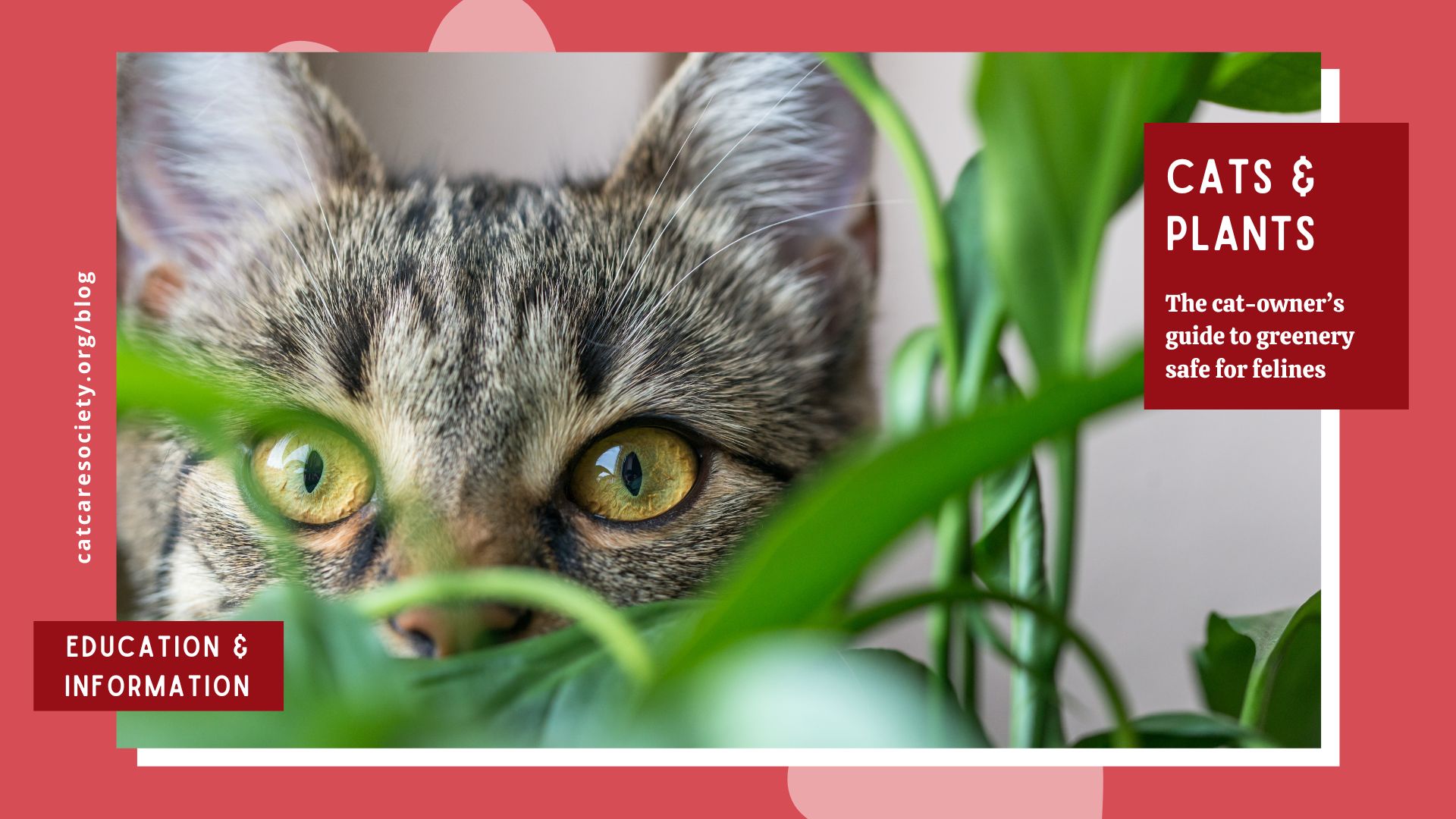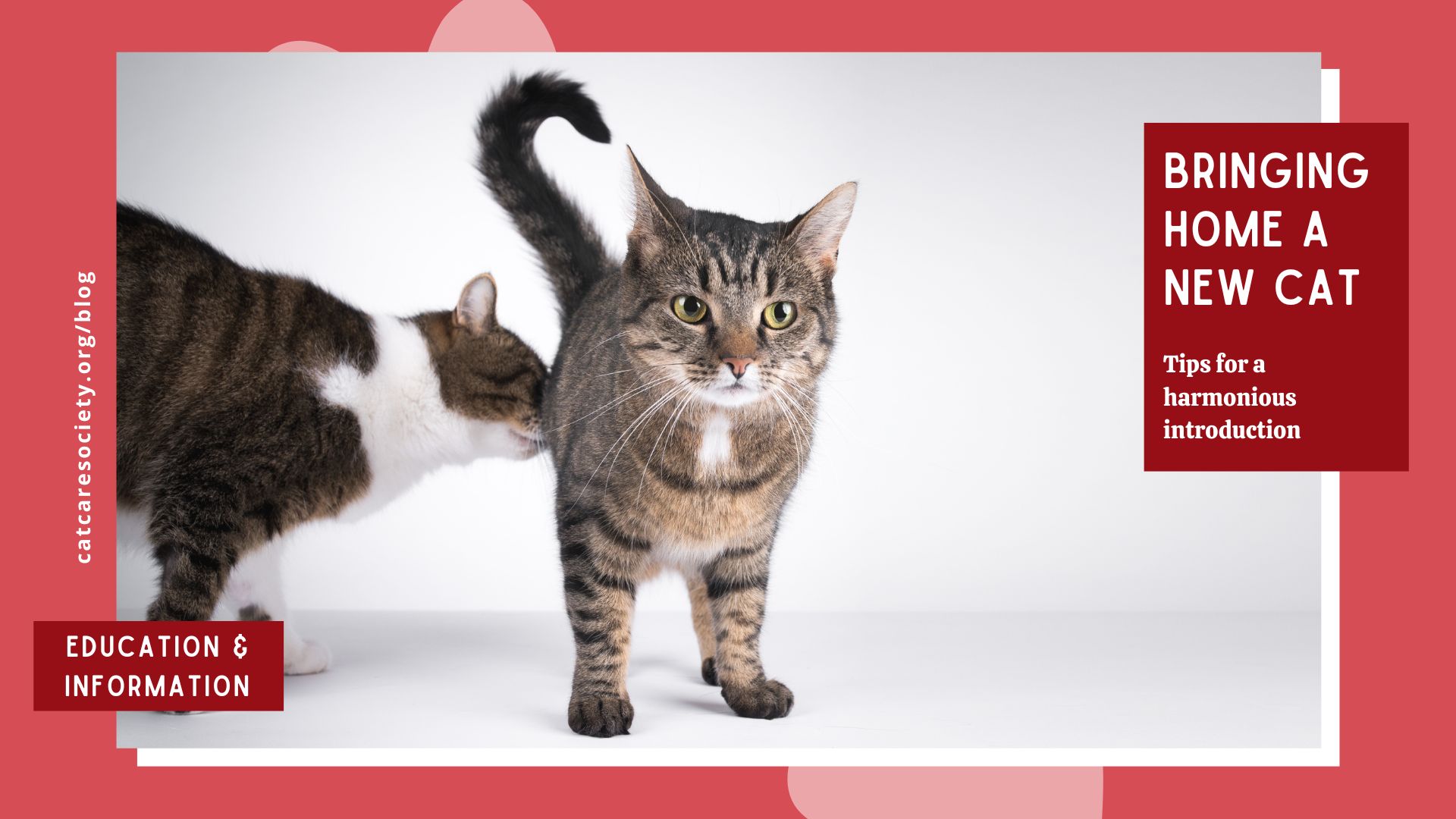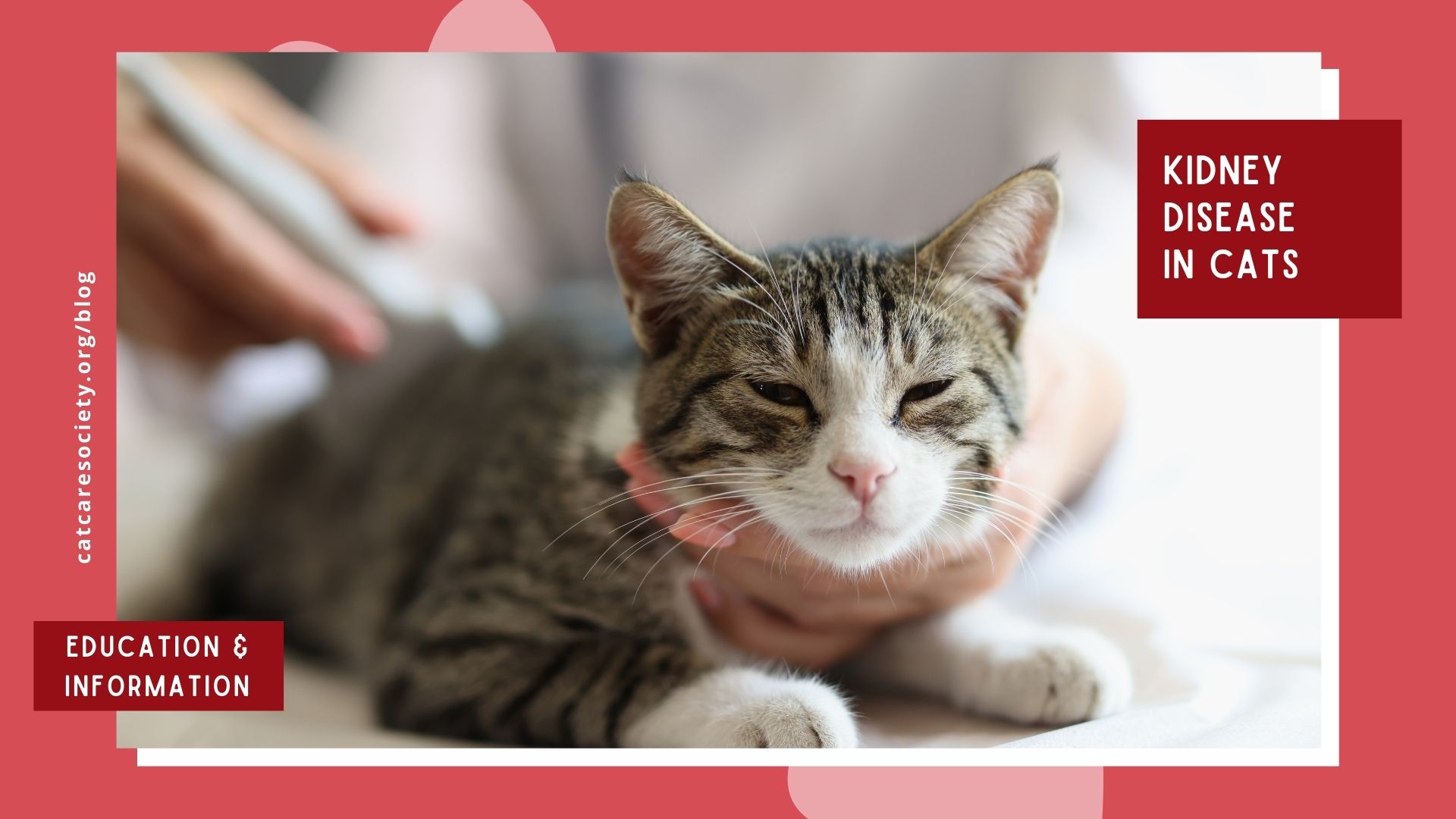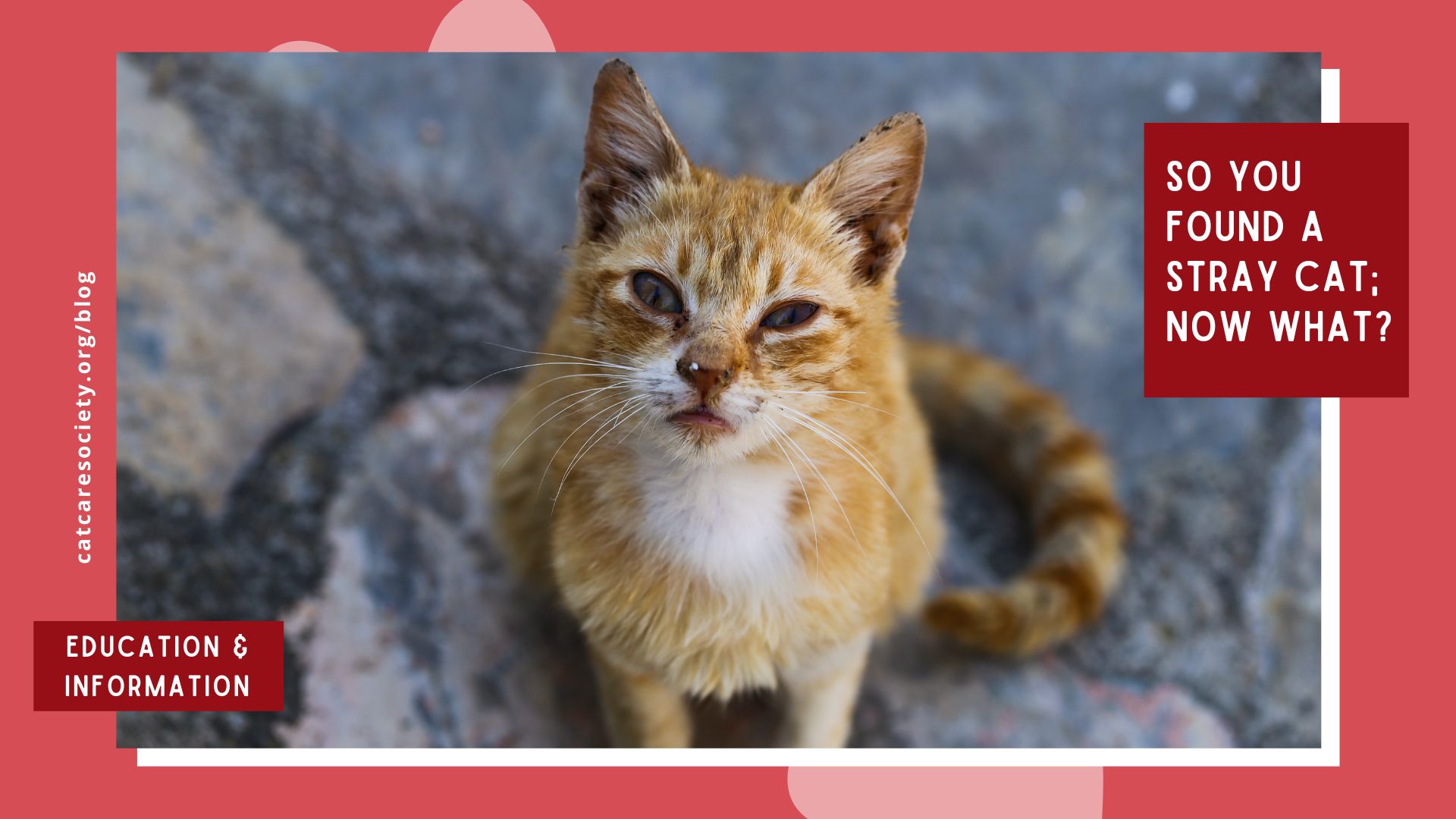If you have ever searched online for “Is ____ plant cat-safe?” only to be met with confusion or fear, or felt like you needed to choose between having cats OR plants in your home, this post is for you! While some plants are absolutely poisonous to cats, there are many beautiful cat-friendly plants and flowers that you can incorporate into your home.
In this guide, we’ll explore which plants to avoid and which ones are safe for your cat-friendly oasis. We’ll also share some tips on how to keep your curious kitty from turning your plants into a 24/7 salad bar.
Poisonous Plants
Below is a list of common plants you absolutely want to avoid if you have a cat. From azaleas triggering heart failure to lilies causing kidney failure in just three days, caution is essential. Lilies, in particular, require special mention. Every part of the plant is toxic to cats, including stems, leaves, flowers, pollen and even the vase water. Simply brushing against lily pollen and then grooming themselves can trigger a dangerous reaction in cats.
- Amaryllis
- Autumn Crocus
- Azaleas
- Castor Bean
- Cyclamen
- Daffodils
- Lilies: Easter Lilies, Asisatic Lilies, Stargazer Lilies, Japanese Lilies, Casa Blanca Lilies, Tiger Lilies, Day Lilies, Palm Lilies, Lily of the Valley
- Morning Glory
- Oleander
- Rhododendron
- Sago Palm
If you have concerns that your cat ingested a poisonous substance (even beyond plants), contact the Animal Poison Control Center at 888-426-4435 or contact your veterinarian right away.
Toxic Plants
The plants below are considered toxic to cats and usually cause mild symptoms like vomiting, diarrhea, and temporary irritation of the mouth, throat and skin. The severity of these effects depends on how much of the plant is ingested and your cat’s unique biological sensitivity. To be on the safe side, it’s best to avoid keeping these plants in your home altogether.
- Aloe
- American Holly
- Begonias
- Birds of Paradise
- Bougainvillea
- Calla Lilies
- Carnations
- Chrysanthemums
- Coleus
- Cosmos
- Dahlias
- Daisies
- Dumb Cane
- Elephant Ear
- Ficus, including Fiddle Leaf Figs and Rubber Trees
- Fleabane
- Gardenia
- Geraniums
- Hibiscus
- Hydrangeas
- Iris
- Jade
- Lavendar
- Monsteras/Swiss Cheese Plants
- Mother in Law Tongue/Snake Plant
- Pansies
- Peace Lilies
- Peonies
- Philodendrons
- Pink Dianthus
- Plumbago
- Poinsettias
- Pothos
- Primrose
- Tulips
- ZZ plants
Cat-Safe Plants
Fortunately, there are plenty of cat-safe plants and flowers to brighten your home! While individual sensitivities can vary, the plants listed below are generally considered non-toxic and won’t cause serious problems if nibbled. However, if your cat experiences any digestive upset after contact with a plant, always consult your veterinarian for peace of mind.
- African Violet
- Alyssum
- Asters
- Blue Daisy
- Boston Fern
- Bottlebrush Tree
- Camlia
- Canna Lily
- Ceolisia Plumosa
- Christmas Cactus
- Coreopsis
- Easter Cactus
- Echevaria Succulents
- Freesia
- Friendship Plant
- Gerber Daisies
- Hens and Chicks
- Impatiens
- Marigolds
- Orchids
- Pampas Grass
- Peperomia
- Persian Violet
- Petunias
- Polkadot Plant
- Roses
- Snapdragons
- Spider Plant
- Star Jasmine
- Statice
- Sunflowers
- Sword Fern
- Zebra Hawthornia
- Zinnia
How to Keep Cats from Chewing Plants
Even if you only have cat-safe plants, it doesn’t necessarily mean you want your cats chewing on them. Fortunately, there are some easy ways to deter them from making a meal out of your marigolds!
- Place plants out of reach of your cat. Hanging baskets, tall plant stands, inaccessible or floating shelves and high surfaces are all great options.
- If you have plants in pots that are elevated and accessible to your cat, consider using museum putty to keep them securely in place.
- Use citrus as a deterrent. Make a homemade spray with two drops of citrus (orange, lime or lemon) and 2 ounces of water. Lightly spray your plants with the mixture to keep your cat away.
- Opt for cat-safe plants with broader leaves. Plants with slimmer foliage, like spider plants, may be more enticing to cats as they resemble grass, which cats are naturally attracted to.
- Grow something just for them such as cat grass, wheatgrass or catnip. If your cat goes for one of your houseplants, redirect them to the plant they’re allowed to eat.
- Create a soil deterrent. If your cat is more attracted to the soil, crumple some aluminum foil over the top as they don’t like the sound of it. You can also stick some plastic forks tines up in the soil to deter digging. Another option is to spray a piece of burlap with your citrus spray and lightly lay it over the soil.
The research isn’t totally clear on why cats have an instinct to eat grass and greens. Some theories suggest plants may soothe upset stomachs, aid digestion or offer missing nutrients. It could also simply mean that they’re bored. Enrich their environment through play, cat TV, treat-dispensing toys and adding or switching up their vertical territory. This can help keep your cat stimulated and your houseplants safe.
Want more cat content in your inbox?
Cute cat pics, advice and CCS events and updates await in our weekly(ish) Mewsletter.
Final Tips and Resources
With a little planning and creativity, you can create a harmonious home for both your cat and your houseplants. It is important to note that while you will carefully choose cat-safe plants for your home, your neighbors’ yards and gardens might include hazardous plants, making it one of the many good reasons to keep your cat indoors.
If you have concerns that your cat ingested a poisonous substance (even beyond plants), you can contact the Animal Poison Control Center at 888-426-4435. They also offer a huge database of plants that are toxic and non-toxic to cats, including less common plants, shrubs, and trees. However, if you think your cat ingested one of the more poisonous plants, be sure to take them to your veterinarian right away or locate an emergency vet clinic near you.
Finally, to ensure your new cat and plant paradise remains safe, share your newfound knowledge and this article with family and friends. That way, you can avoid well-meaning but potentially poisonous gifts like bouquets!
About the Author: Beth Dokolasa is a volunteer for Cat Care Society and served on the organization’s junior board. She is an instructional developer for Natural Grocers and lives in Indian Hills, Colo., with her husband, young daughter, and two cats, Techno and Digit.






